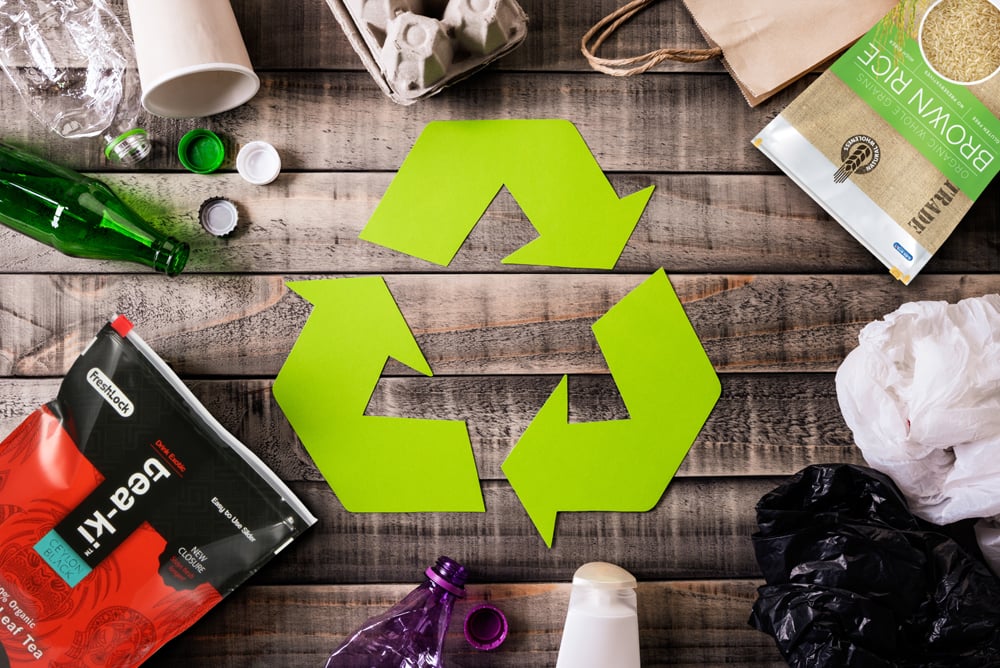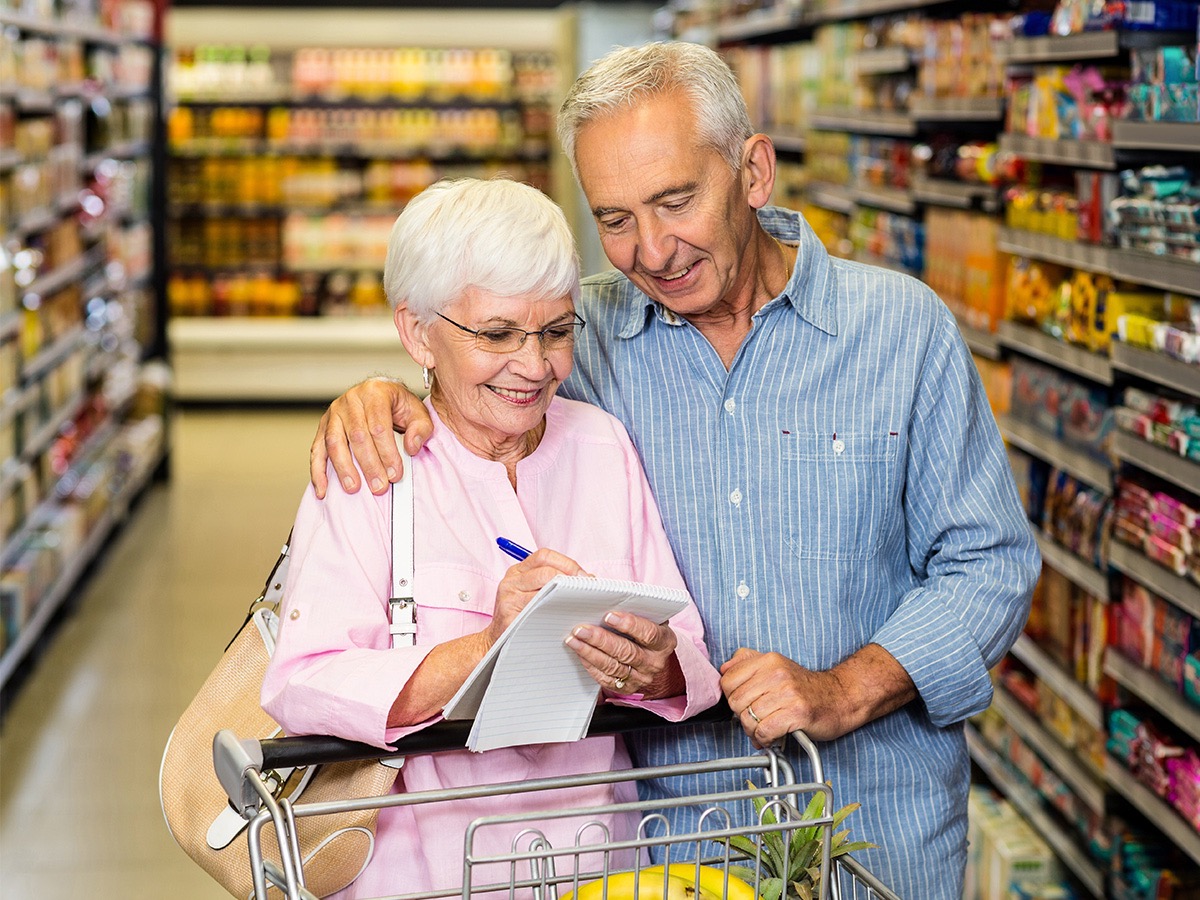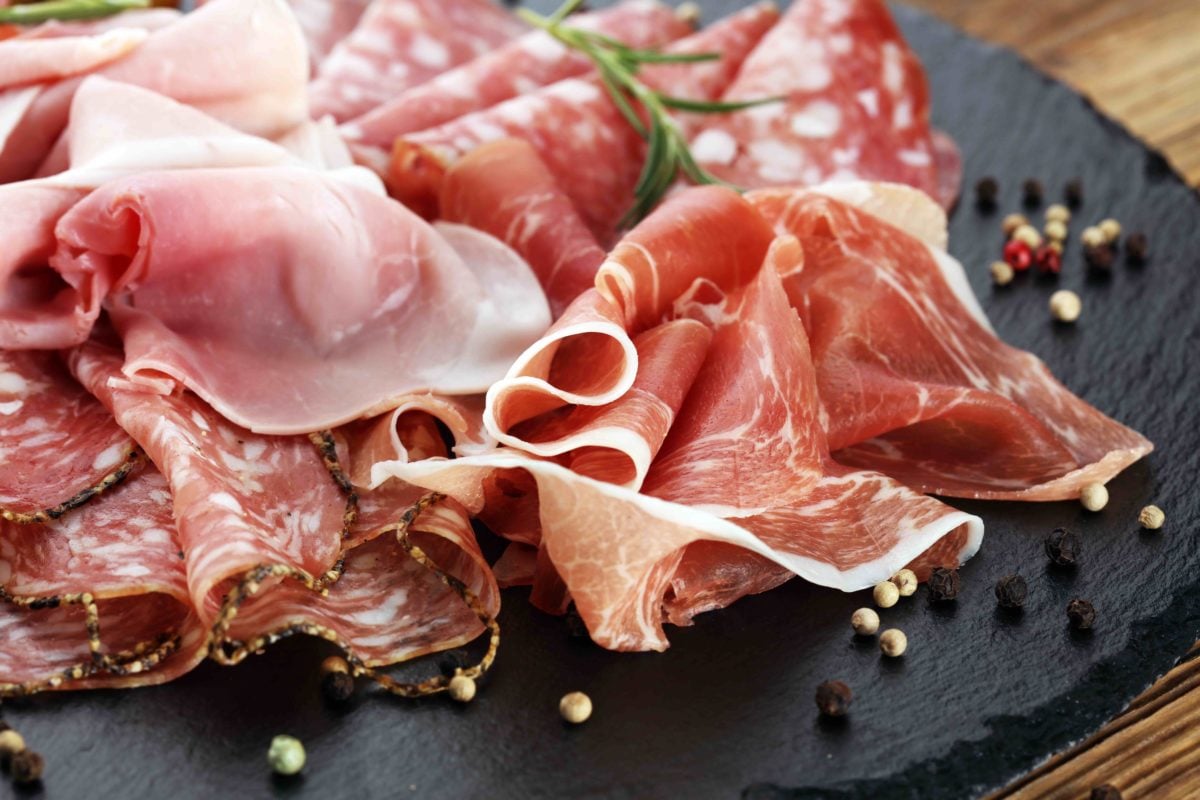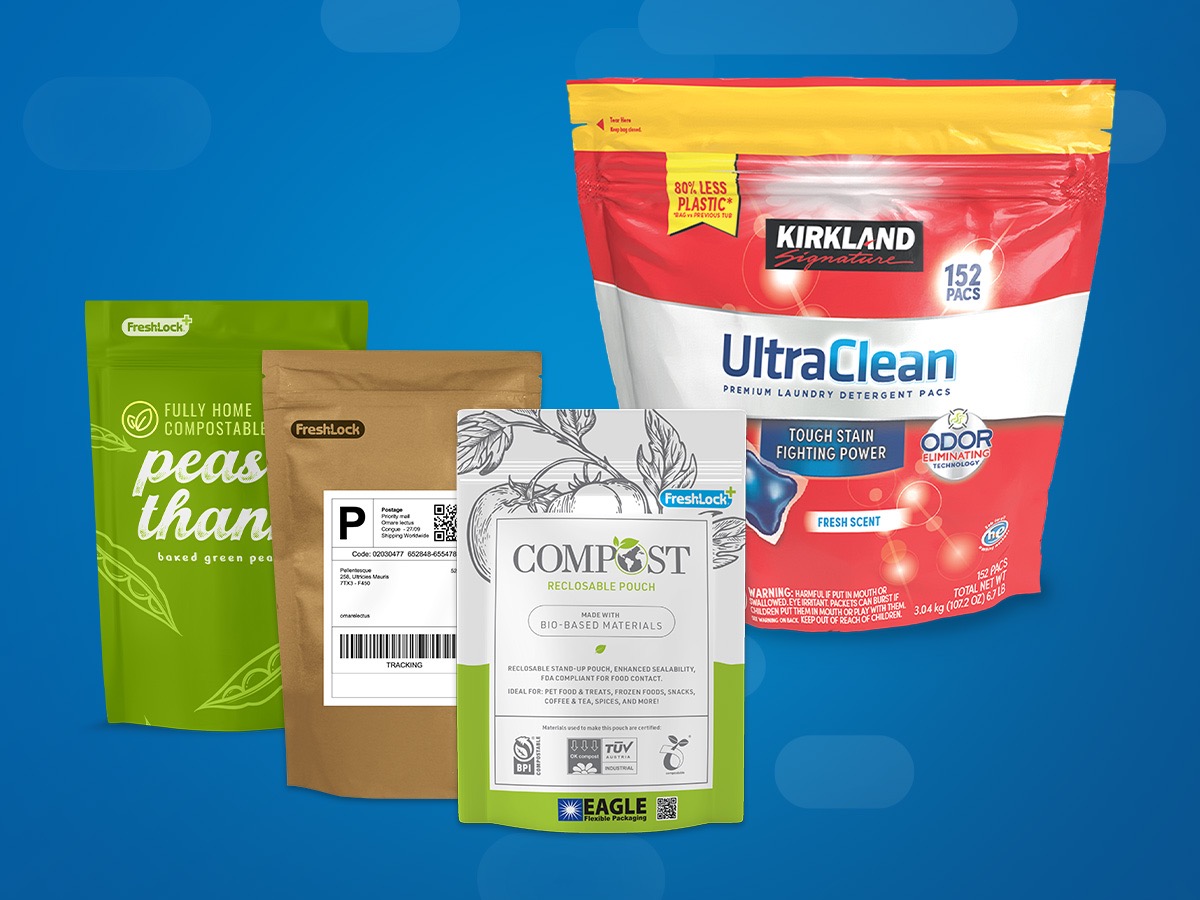
5 Packaging Trends for 2020 | How Your Brand Can Get Ahead
As brands faced increased consumer demand for functional and sustainable packaging, 2019 saw several exciting innovations in the industry: flat bottom pouches hitting the shelves, advancements in printing and digital capabilities, and a fully-recyclable flexible pouch.
These and other advancements give brands more opportunities than ever to reach consumers. So, how do you know where to start?
We’ve put together some trends to consider as you’re making new packaging decisions.
1. Sustainability, Sustainability, Sustainability
Sustainability has taken the packaging industry by storm in the past year, and it’s safe to predict it will continue to be the name of the game in 2020. Increasing concerns about the environment, global warming, and single-use plastics have motivated many brands to adopt more sustainable processes and environmentally-friendly packaging solutions.
Coca-Cola, for instance, aims to make its packaging 100% recyclable by 2025, and its Belgian branch even launched a campaign encouraging consumers not to buy its products if they won’t help recycle the bottles.
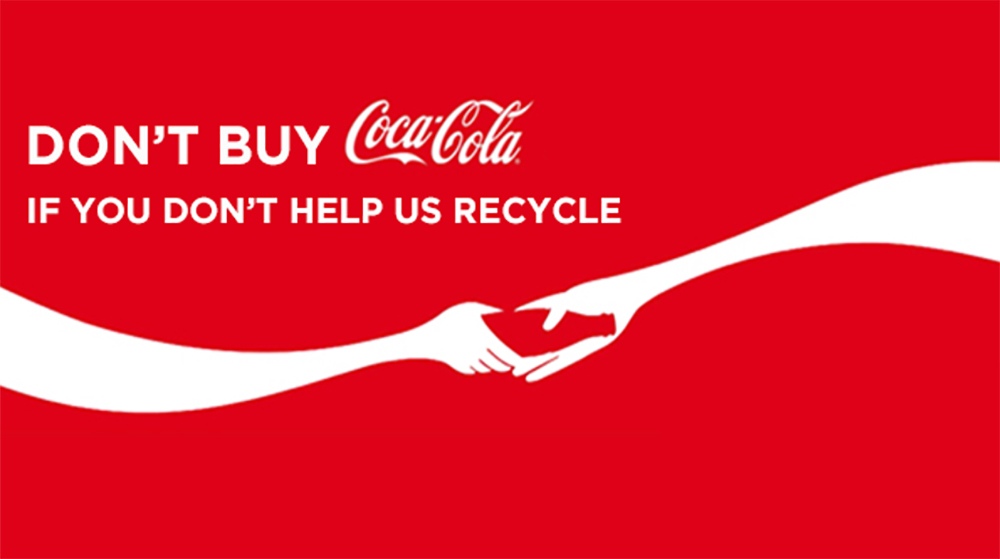
Coca-Cola Belux pushes sustainability by telling consumers not to buy if they won’t help recycle. Image credit: The Drum
Other leading brands have moved to flexible packaging for its sustainability benefits, and fully-recyclable packaging is becoming more and more attainable with the advent of recyclable films and closures.
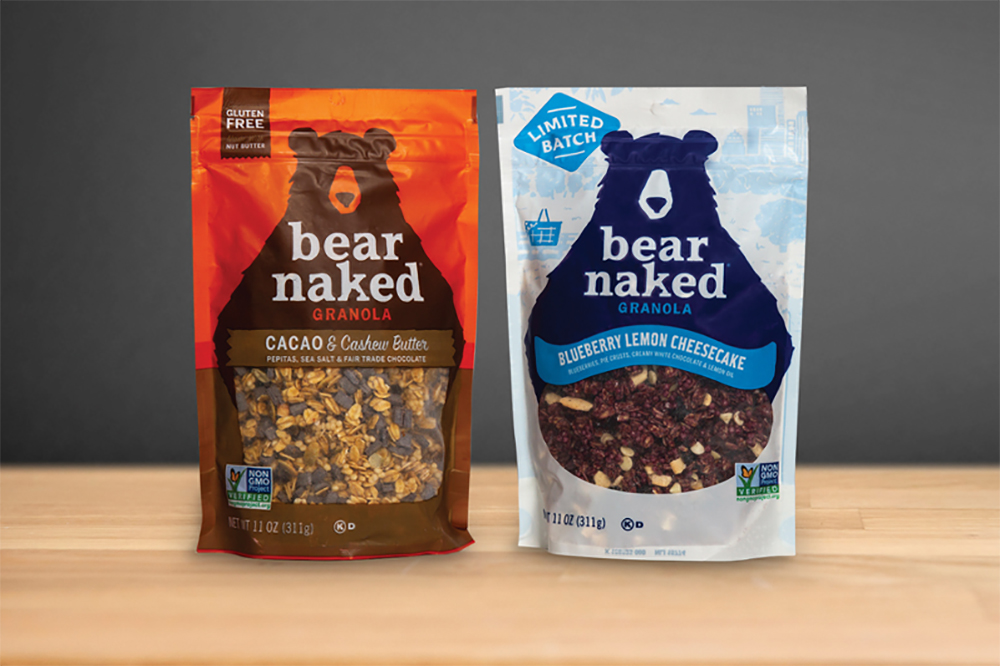
Bear Naked’s fully-recyclable flexible pouch. Image credit: Greener Package
2019 also brought advancements in reusable and compostable packaging, giving brands more opportunities to shift to packaging options that support the circular economy. Brands and packagers can stay on the leading edge of their industries by implementing eco-friendly or recyclable materials in their packaging and communicating their commitment to sustainability.
2. A Whole New Level of Tech
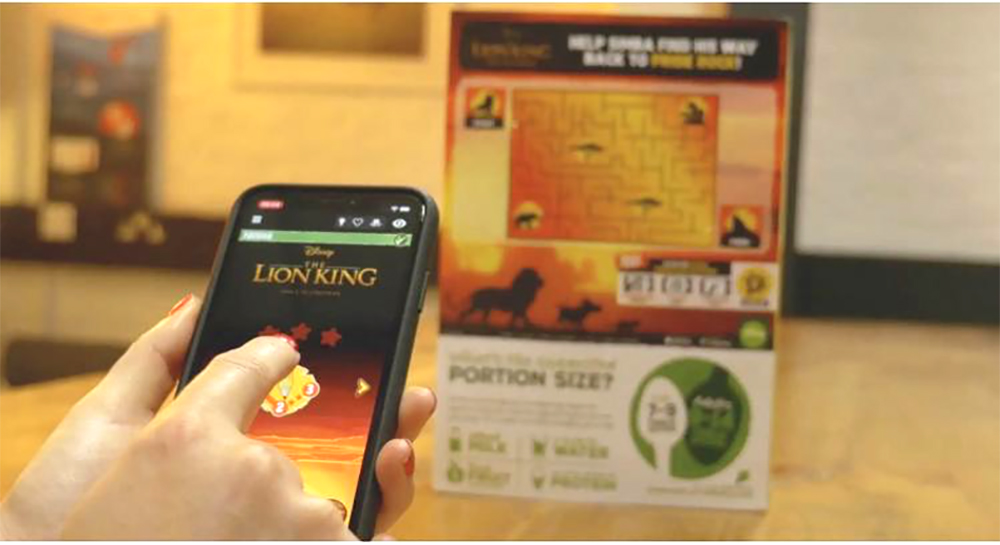
“Digital packaging” may sound like a counterintuitive term, but technological advancements have allowed brands new ways to connect with consumers using product packaging. QR codes, augmented reality-enabled packaging, and intelligence features can help facilitate brand awareness and loyalty by creating interactive and share-worthy experiences with a brand’s products. It’s a way brands can demonstrate tech-savviness and that they’re attuned to consumer preferences and social trends.
While technologies like augmented reality-enabled packaging are still relatively new, more and more brands are now utilizing QR codes or other ways to give products a distinct presence on social media. And, the consumer demand for it is there—Mintel states that 49 percent of consumers visit social media sites daily, and 79 percent of social media users interact with brands on social media at least monthly.
“While consumers are finding ways to communicate more efficiently, they are also looking to make more personal and relaxed connections with brands, and social media often provides a conduit for these relationships.” — Mintel
Given consumer preferences for brands that have a strong social media presence and digital features, it won’t be surprising to see more digital packaging features as technology continues to advance.
3. Compelling Design
Technological advancements have also brought new printing and design capabilities to the industry. Flexographic printing, for example, continues to gain traction, giving brands an unparalleled opportunity to use eye-catching graphics to draw attention to products.
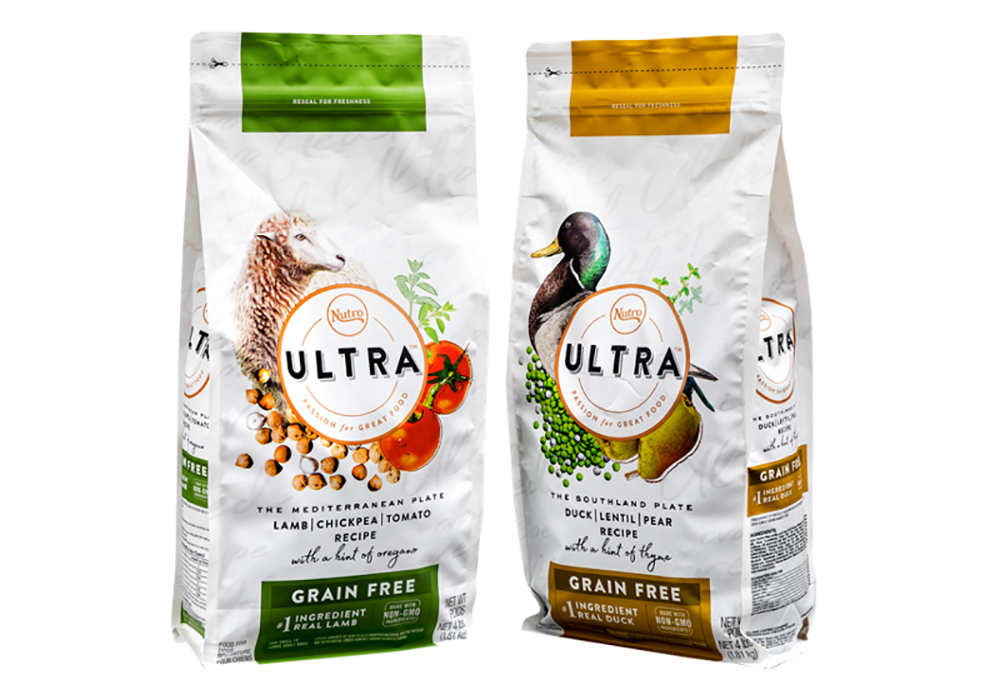
2019 FPA Gold Award-Winner for Printing & Shelf Impact. Image credit: Packaging World
Pet food company Nutro Ultra is one brand taking advantage of flexo printing to create a stunning presence with product packaging. Its converter, Plastic Packaging Technologies, used soft-touch coating on select areas of Nutro’s grain-free dog food packages. The coating generates a varnish to highlight various design elements, producing a bold look and shelf impact.
As we head into 2020, we can expect other brands and converters to make more innovations in packaging design to further stand out on the shelf.
4. Added Functionality, Such as Resealability
With our increasingly on-the-go lifestyles and convenience top of mind for many consumers, we will continue to see increased attention to package functionality, including portability, easier opening, and reclosability.
Flexible material and resealability, in particular, are characteristics we can expect to see increasingly on product packaging, as both significantly enhance the package for convenience, making products more portable and easily accessible for consumers. These features can also help ease consumer worries about food or product waste.
“81% of consumers say they would choose resealable packaging over non-resealable packaging.” — David Luttenberger, Mintel
Combining these functions with other improvements is the best bet for standing out among the sea of other brands using convenient packaging. Added functionality makes for an unforgettable product package and paves the way for brand loyalty and recognition. Brands looking to stay on the cutting edge will be implementing similar features in the coming year.
5. Transparency and Social Responsibility
Consumer demand for transparency has made a significant leap in just two years. According to a report by the Label Insight and the Food Marketing Institute (FMI), 75% of consumers say they’ll switch to a brand offering more in-depth product information than what’s on the physical label. In 2016, just 39% of consumers said the same thing.
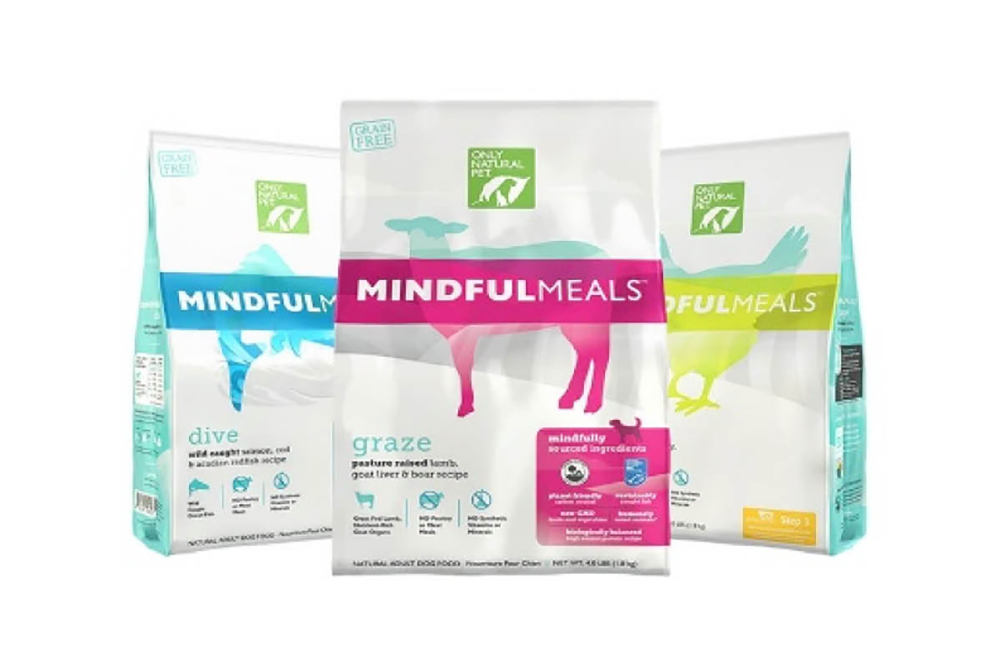
Only Natural Pet uses 30% bioplastic materials in its packaging and reveals sustainability initiatives in design. Image credit: Food Business News
The demand for ethical, socially-responsible brands is equally high. In 2017, one study found that 87% of consumers would be willing to buy a product or service based on a company’s advocacy concerning a social matter. With diversity and sustainability at the forefront of consumer values, we can expect to see more brands using product packaging to communicate brand values and sustainability initiatives.
The Future is Eco-Friendly Flexible Packaging
Considering the above trends, the most immediate growth we’ll see is in eco-friendly and flexible packaging. The Association for Flexible Packaging and Processing Technologies estimates the flexible packaging market will reach $291 billion by 2023. Flexible pouch demand, in particular, is projected to grow by 39 percent. And, with sustainability neck-in-neck with convenience when it comes to consumer demand, brands and packagers can get the best of both worlds by moving to recyclable flexible packages.
Want More Insights?
The Fresh-Lock® team is committed to working with brands, packaging engineers, and suppliers to design innovative, sustainable, and consumer-friendly packaging solutions. Whether you’re looking for press-to-close zippers, premium track-and-slider solutions, or fully-recyclable closures, we’ll help you find a solution to differentiate your brand and connect with consumers.
Get in touch with the Fresh-Lock® team to talk about more ways to elevate your product packaging and drive brand loyalty.

 Back to Blog
Back to Blog